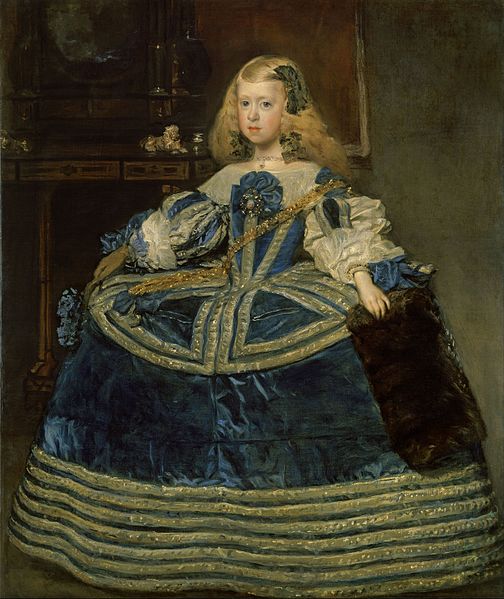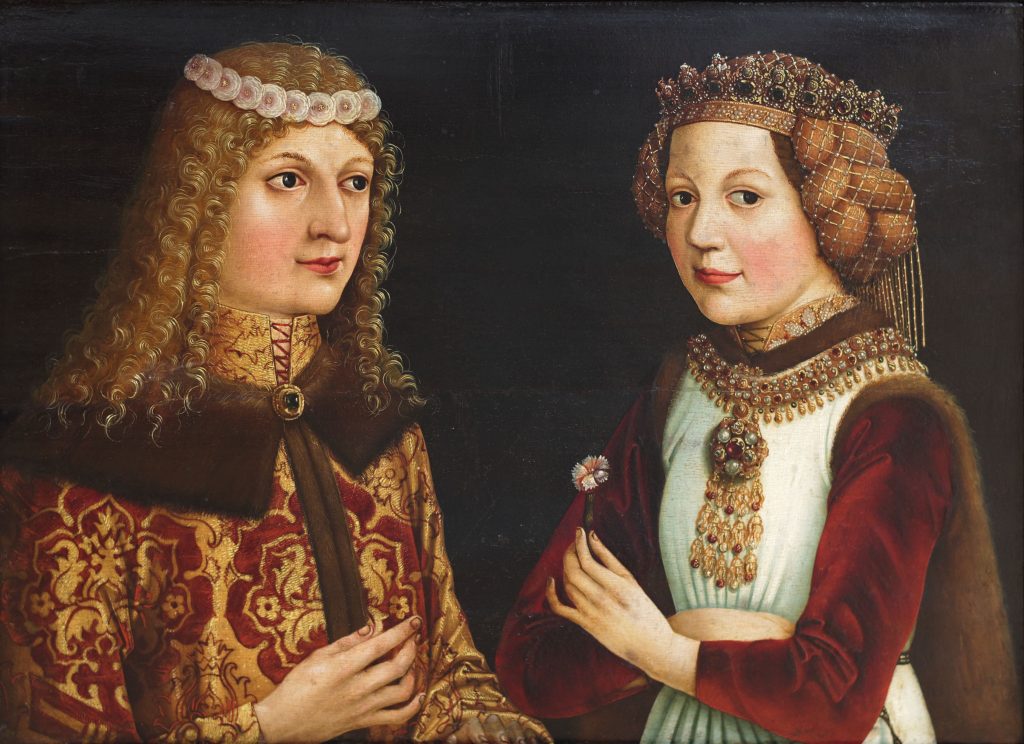Trying to picture life in the 17th century can seem a daunting task. Seventeenth century fashion can feel like an almost unreal topic, with it being so distant from the world we know today. A staple of fashion from the 16th century was the ruff. Linen stiffened by starch created a wide collar worn around the neck by men, women, and children. In the 17th century, the ruff still existed, but it faded from fashion. Instead, broad collars also made of linen, or sometimes lace were worn. Ruffs and similarly collars were worn by men, women, and children. Today, we’re going to explore the fashions of children and peasants in the 17th century.
What Did Children Wear?
There have always been distinct physical differences between children and adults. Children and adults being separate was not established until little more than a century ago. In the 1600s, children were essentially small adults. Largely, children wore the same clothes as their parents. Smaller, yes, but the components were essentially universal.
Naturally, there are some exceptions. In the 1600s, young boys wore dresses until the age of five. For a long time, red was associated with masculinity, and pink – a lighter red – was often related to young boys. In the 20th century, pink gradually became associated with femininity. From the 1940s, the sex of a child was coded: pink for girls and blue for boys. In today’s society, senseless colour coding of this nature is falling out of fashion. Little boys wearing skirts and dresses in the 1600s wasn’t uncommon. With essential materials like elastic being much more modern, skirts and dresses were a much-needed convenience when it came to raising an infant. Imagine your own child, at 18 months say, and now imagine trying to get a pair of 17th century britches off of that child’s wriggling body to change their nappy. Not a fun time, by all accounts.

Jewellery worn by children was usually minimal, but it was common practice for children to have strands of beads, whether as jewellery or merely a toy. The most common stone for these beads was coral, as it was believed to have numerous health benefits from which people wanted their children to benefit. These coral beads became heirlooms for many families, being worn by children until they grew and married, and then being passed on to their children, and so on and so on.

What Did Peasants Wear?
Moving on, it’s time to address the differences that class made on 17th century fashion. The divide between rich and poor was vast in the 1600s, with peasants and common-folk living difficult, physically demanding lives.
The fit of the clothes is one of the most noticeable differences between the upper and lower classes. Peasants wore much baggier clothes. This is likely a financial issue, with clothes being transferred from one child to another as they grow up, and the same applies for adults. Linen is possibly the most common material used in clothes worn by peasantry. The ruff collars were much less common among the working classes also, which makes sense as they would have been somewhat impractical in their stiffness, and also difficult to keep clean.
Men frequently wore baggy britches, tied up with ribbons usually, often paired with jackets and jerkins. Being costly, people’s clothes were not easily replaced. Many peasant’s clothes featured significant patchwork in order to cover rips and tears.
Women of all classes commonly had their hair covered using hats, bonnets, and coifs. As trousers weren’t an element of women’s clothing until the late 1800s, long skirts and dresses were the norm for women of all classes in the 17th century. Aprons of varying lengths and large linen neckerchiefs were also commonplace among peasant women’s fashion of the 1600s. With many of them performing cooking, cleaning, and other physical tasks for their work, these elements of clothing were essential for keeping their clothing beneath as clean as possible. Similarly to men, peasant women’s clothes were often less body-conforming than their upper class counterparts. The silhouettes were not as extreme, but the majority of women’s clothing was drawn in at the waist, being tighter on the torso and looser around the hips and legs.
Jewellery in the 17th Century
Antique jewellery has always been of keen interest to many, from collectors to those wanting something special for their engagement rings. Intricate pieces crafted in yellow gold were incredibly common, often paired with dark fabrics and clothing. Today, we can see portraits from the 1600s featuring a lot of black and gold being worn by various nobility. During this time, however, softer colours rose in popularity. Pearls and gemstones, off-set by pastels of varying shades had increasing appeal for those who could afford the luxury.
Necklaces were one element of jewellery that has changed significantly over time. Due to the widespread use of ruffs and stiff collars in the 1600s, necklaces as we know them today were not often utilised. Instead, ornamental pieces on bodices and the breasts of garments were common, pinned to the sturdy fabrics. Twisting designs, like those of the foliate variety, were very popular, with scrolling designs and very natural themes. Flowers, leaves, and bows were incredibly common design features, found on dress ornaments, rings, and large pendants.

Pearls were overwhelmingly popular, which makes sense, as today we often associate pearls with times long-past. Through the 17th century, however, diamonds became increasingly accessible and popular. During the reign of King Louis XIV of France, diamonds were imported in the largest quantities recorded. Furthermore, the Hope Diamond, a famous – and supposedly cursed – diamond has its recorded origins in the midst of the 1600s.
Defining eras in their entirety is difficult, but the fashion and styles of these time-periods is a helpful and interesting way of separating them. What do you think of the fashions and jewellery trends of the 17th century?






